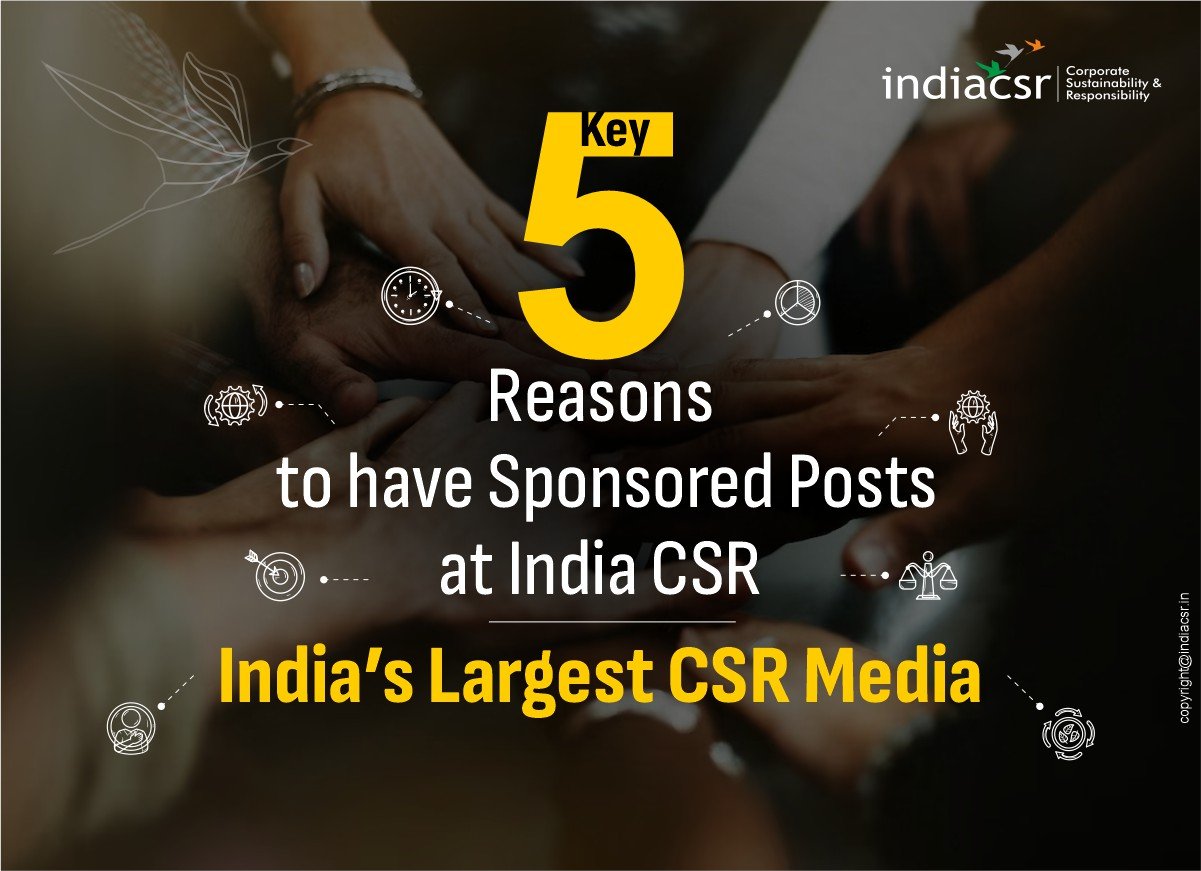India’s Business Revolution: Unleashing Economic Potential
NEW DELHI (India CSR): India is no longer the bureaucratic maze it once was. Over the past decade, the nation has undergone a seismic shift, evolving into a vibrant ecosystem where businesses thrive, entrepreneurs dream big, and investors see boundless opportunity. Guided by bold leadership and a commitment to progress, India’s reforms have dismantled barriers, ignited innovation, and positioned the country as a global economic powerhouse. From startups in small towns to multinational giants, the story of India’s transformation is one of ambition, resilience, and growth.
A New Dawn for Entrepreneurs
From Red Tape to Red Carpet
In 2025, India stands tall as the world’s third-largest startup ecosystem, with over 1.6 lakh recognized startups creating 17.6 lakh jobs. The government’s Startup India initiative has been a game-changer, offering tax exemptions, funding support, and mentorship to young entrepreneurs. The abolition of the Angel Tax in July 2024 has further fueled this boom, removing a major hurdle for investors and enabling startups to scale rapidly. Today, India boasts 118+ unicorns, a stark contrast to the mere four in 2014.
Empowering Small Cities
While Bengaluru and Mumbai remain innovation hubs, over 51% of startups now emerge from Tier II and III cities like Jaipur, Coimbatore, and Bhubaneswar. Initiatives like the National Single Window System (NSWS) simplify approvals, allowing entrepreneurs in these regions to focus on building their businesses. The NSWS’s “Know Your Approvals” module streamlines processes across 32 central departments and 34 states, cutting delays and costs.
Tax Reforms: Simplifying and Supporting Growth
The GST Revolution
The Goods and Services Tax (GST), introduced in 2017, unified India’s fragmented tax system, creating a single market. By eliminating cascading taxes and enabling input tax credits, GST has reduced costs for businesses and consumers alike. In 2025, GST compliance is fully digitized, with real-time tracking and simplified filings, boosting transparency and efficiency. This reform has been instrumental in driving economic growth, particularly for MSMEs, which form 30% of India’s GDP.
Transparent Taxation
Launched in 2020, the Transparent Taxation platform has revolutionized tax administration. By making assessments faceless and reducing human intervention, it has instilled confidence among taxpayers. The corporate tax rate for foreign companies was slashed to 20% in 2024, making India a competitive destination for global firms. These measures have not only increased compliance but also attracted record-breaking FDI inflows of $1 trillion since 2000.
Infrastructure and Logistics: The Backbone of Progress
PM Gogi Shakti: Connecting India
The PM Gogi Shakti initiative, launched in 2021, integrates infrastructure projects across railways, highways, and ports, ensuring seamless connectivity. In 2025, this digital platform has reduced logistics costs by 12%, enhancing last-mile delivery and boosting exports. The National Logistics Network, introduced in 2023, complements this by digitizing supply chains and improving service quality, helping India climb to 36th on the global Logistics Performance Index.
Trade Connect Ems
The TradeConnect Ems platform, rolled out in September 2024, empowers exporters by providing access to global markets. Small businesses and Farmer Producer Organizations (FPOs) can now tap into Free Trade Agreements (FTAs), expanding their reach. This initiative is expected to double India’s export share by 2030, reinforcing its position as a global trade leader.
Regulatory Reforms: A Business-Friendly Ecosystem
Jan Vishwas Bharat
The Jan Vishwas Act of 2023 decriminalized 183 provisions across 42 laws, fostering trust-based governance. By eliminating over 1,500 archaic laws and 45,000 compliances, the government has reduced the regulatory burden on businesses. The upcoming Jan Vishwas 2.0, slated for 2026, aims to simplify 100 more rules, further enhancing ease of doing business.
Insolvency and Intellectual Property
The Insolvency and Bankruptcy Code (IBC) of 2016 has redefined corporate restructuring, recovering over $50 billion in stressed assets by 2025. Meanwhile, streamlined patent and trademark processes have cut issuance times by 60%, encouraging innovation. These reforms protect intellectual property and ensure financial stability, attracting global investors.
MSMEs: The Heart of India’s Economy
Government e-Marketplace (GeM)
The GeM platform has transformed public procurement, surpassing ₹6 lakh crore in gross merchandise value in 2024. By connecting MSMEs with government buyers, GeM ensures fair opportunities and faster payments. The One District, One Product (ODOP) initiative, launched in 2020, promotes local specialties, with 1,240 products now available on GeM, empowering rural entrepreneurs.
Targeted Support Schemes
Programs like the Prime Minister’s Employment Generation Programme (PMEGP) and Credit Guarantee Fund Trust for Microfinance (Microfinance) provide financial aid and collateral-free loans to MSMEs. The Cluster Development Programme enhances technology access, while the SFURTI scheme supports traditional industries, creating sustainable jobs for artisans. These efforts have strengthened MSMEs, which employ over 12 crore people.
India’s Global Appeal
Record-Breaking Investments
India’s investor-friendly policies have driven FDI inflows, with $42 billion recorded in the first half of FY 2024–25, a 26% jump from the previous year. The Make in India campaign, coupled with liberalized sectoral policies, has attracted giants like Tesla and Apple to set up manufacturing hubs. Over 90% of FDI now enters through the automatic route, reflecting trust in India’s stable business climate.
A Hub for Innovation
India’s Global Innovation Index ranking improved from 81st in 39th to 40th in 2023, driven by increased R&D spending and startup growth. Government-backed incubators and research parks nurture talent, while tax incentives for innovation drive private-sector investment. This ecosystem has made India a leader in AI, fintech, and renewable energy.
Looking Ahead: A Vision for 2047
India’s journey over the past 11 years is a testament to its resilience and ambition. By fostering trust, simplifying regulations, and investing in infrastructure, the government has created an environment where businesses of all sizes can thrive. As India marches toward its Viksit Bharat vision by 2047, the focus remains on inclusive growth, sustainability, and global leadership. With entrepreneurs at the helm and a supportive ecosystem backing them, India is not just enabling business—it’s empowering a nation’s dreams.
(India CSR)






















